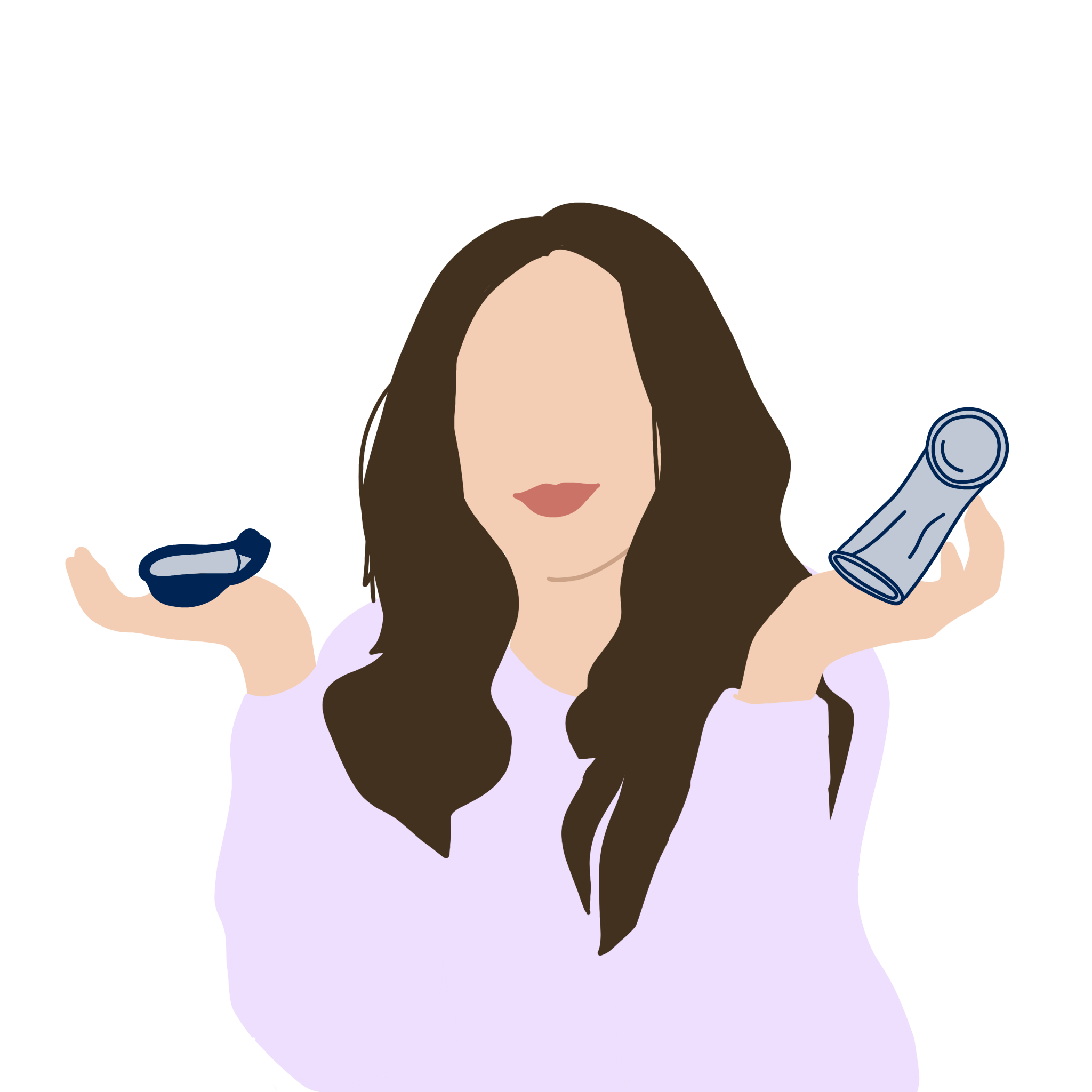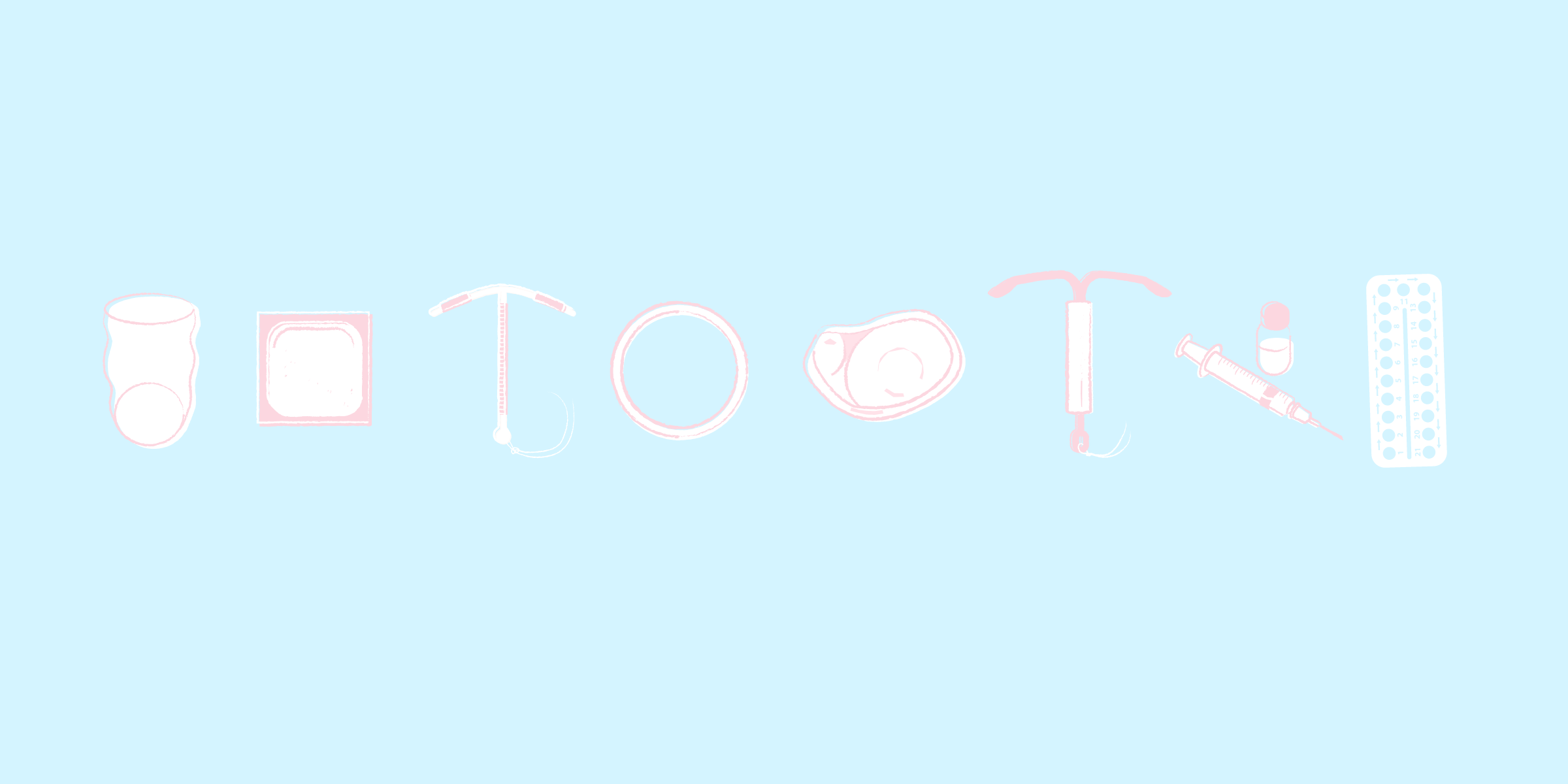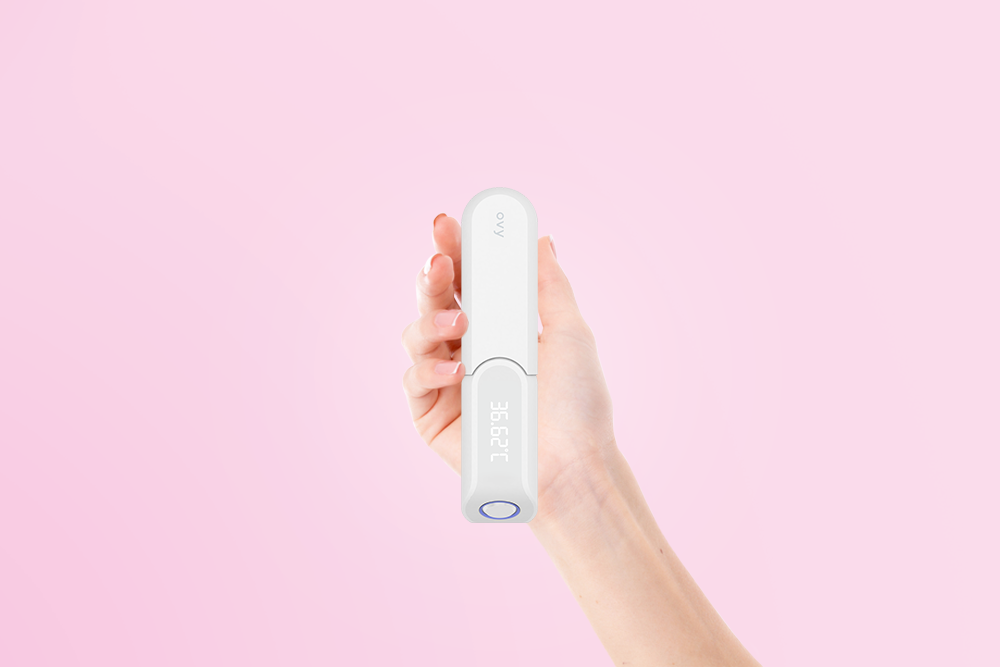Key Takeaways
- When making the decision to stop taking the pill or other contraceptives, many women fear the side effects that this may cause.
- In this article you will learn what to expect after you stop taking the pill.
Stopping the pill is a conscious decision
If you want to stop the pill, you should be careful not to act too rashly. Although, in principle, you can stop the pill at any time, it is sensible to wait until you have used up the packet for that month and to consult a gynecologist beforehand. Stopping the pill and then starting it again a few months later means several hormonal adjustments within a short space of time, which puts your body under significant strain.
The stage that is to follow hormonal contraception is significant: do you want to become pregnant after stopping the pill? Or do you still want a form of contraception – just one that isn’t hormone-based? This is something you should have a think about beforehand, and take the time to research potential options.
How the hormones in the pill affect the body
Although there is more scientific research around the pill than other products, it is only available on prescription and consists of chemical hormones that are taken in by the healthy body. These hormones suppress natural ovulation, thus tricking the female body into thinking it is permanently pregnant, so to speak. When you stop the pill, this artificial process is switched off and the natural cycle is reactivated – along with ovulation and menstruation. At the same time, any side effects from the pill may stop, like weight gain, mood fluctuations, and depression. This can usually be noticed already within the first months.
Negative side effects after stopping the pill
When you stop the pill, it is not uncommon to experience undesired side effects, like menstrual cramps, heavy bleeding, a poorer complexion, or cycle irregularities. Some women even take the pill for medical reasons, in order to suppress the symptoms of their natural cycle and to bring about regularity. In this case, it is advisable to consult a doctor before stopping the pill.
Positive side effects after stopping the pill
There are also many positive side effects. After stopping the pill, many women report that they have improved body awareness, lose weight, perform better at sports, have a higher sex drive, and a lower risk of thrombosis or embolism. Probably the most convincing argument for not taking the pill is that your body is no longer being fed with artificial hormones. Every woman has to decide for herself whether the pill is a suitable form of contraception for her.
The first cycle after stopping the pill
Your first period after stopping the pill is known as “withdrawal bleeding”. Your next period after this first withdrawal bleeding is your first natural period. Normally, the first time natural menstruation starts again is around four to seven weeks later. But sometimes it can take up to six months for regular menstruation to start again; this is called post-pill amenorrhea. Bleeding in between periods might also be a side effect after stopping the pill. In both cases, you should consult a doctor for advice. The positive aspect of switching is that, already from the first cycle, women notice the hormonal changes. Whereas before the pill balanced your hormone levels, now, you’ll notice your estrogen and progesterone levels go up and down and the effect this has on your energy levels.
Cycle irregularities after stopping the pill
The pill regulates a woman’s cycle so that it lasts for a specific number of days. Therefore, engaging with one’s own cycle and fertility is a new experience for many women after stopping the pill. Normally, though, this leads to improved body awareness. If you decide to track your cycle through cycle monitoring, the first day after stopping the pill is the “start date”. You shouldn’t assume that your natural cycle will have the same duration as when it was regulated by the pill. Around 49 percent of women experience cycle irregularities after stopping the pill: either longer or shorter cycles. However, anything between 23 and 35 days is considered normal. In this case, monitoring and documenting one’s cervical mucus helps to determine activity in the ovaries. But don’t worry, irregularities in your cycle after stopping hormonal contraceptives usually normalize again. Some women simply need a longer regeneration phase. However, cycle irregularities that go on for more than three cycles should be followed up with a medical examination.
You can become pregnant as soon as you stop the pill
It is possible for a woman to become pregnant already during the first cycle after stopping the pill. Even if there is no bleeding, women are fertile usually from the 6th day after stopping the pill. Although there is no harm in trying immediately, many women prefer to wait for their first natural cycle, and prepare their body properly for pregnancy. Depending on age, the chances of becoming pregnant are between 25 to 35 percent per cycle. There are all sorts of reasons for delayed fertility. Opinions vary as to whether taking the pill for a long period of time has a positive or negative effect on fertility. As a basic principle, to improve the chances of conceiving, you can start monitoring your cycle straight away after stopping the pill.
The temperature measurement indicates cycle fluctuations
Many women who wish to conceive, and who previously used the pill as a contraceptive, want to know the best way of tracking their fertility after stopping the pill. In this case, the symptothermal method of cycle monitoring helps with understanding one’s own body better. This method is a combination of monitoring one’s body (menstrual bleeding, cervical mucus, cervix) and measuring the basal body temperature. Around the time of ovulation, the body’s temperature increases by some 0.2 to 0.5 degrees and stays at this level until the next menstruation. You should bear in mind that, during the first cycle after stopping hormonal contraceptives, your body might experience temperature fluctuations that are not actually connected to ovulation. Fluctuations that do not exceed a value change of 0.2°C should be ignored.
Medically Reviewed
This text was created by medical editors on the basis of specialist medical literature and current studies. Our aim is to work scientifically, identify sources and regularly check that the content is up to date.
References & Literature
- Leitlinien der Deutschen Gesellschaft für Gynäkologie und Geburtshilfe Juli 2004, pro familia
- Auswertung GKV-Verordungsdaten zu kombinierten oralen Kontrazeption („Pille“) für gesetzlich versicherte Frauen bis 20 Jahre, ab 2019, bis 22 Jahre
- Segerer, Sabine, and Christoph Keck. "Unverträglichkeit der Pille." gynäkologie+ geburtshilfe 24.6 (2019): 32-34.





